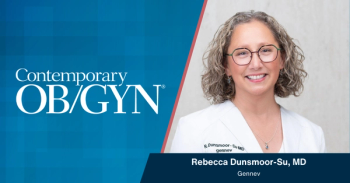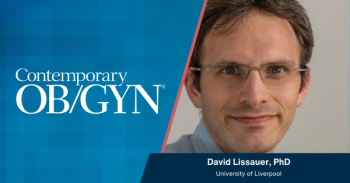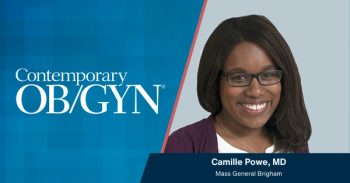
Pharmacist prescribed contraceptive access program successful
Patients in California were able to receive a contraceptive prescription during a visit with a pharmacist.
Researchers sought to describe the patient experience in accessing contraceptive through pharmacist prescribing across a selection of chain and independent pharmacies in California. In particular, the researchers aimed to characterize the populations who used this service, evaluate patient satisfaction, and determine “patient intentions around utilization of preventive health services.”
Investigators conducted an online survey in a cross-sectional convenience sample of patients who utilized pharmacist contraceptive prescribing services. Participants were recruited from 44 pharmacies.
In total, 32 pharmacies reported participating in recruitment efforts for the study, including handing out cards, containing information about the study and survey instructions, to interested participants; a total of 232 cards were distributed and 159 surveys were recorded across 24 facilities for a response rate of 69%.
Just over half of the participants—66%—were between ages 18 and 29; 31% were 30 or older, and only 3% were under 18. A total of 61% had a college degree or higher. Participants were non-Hispanic White (43%), Hispanic White (23%), Asian (21%), and Black (5%). Sixty-three percent of respondents reported “having enough money all of the time” to cover their basic health care needs during the month prior to their pharmacy visit.
Reasons for seeking hormonal contraception included pregnancy prevention (89%), as well as to make their periods lighter or more predictable (46%), to make cramps less painful (30%), to control acne (21%), or to control mood or headaches (11%). A total of 57% of the cohort listed contraceptive effectiveness as the most important characteristic of any given contraceptive method, while 19% considered the side effects the most important.
Participants reported finding out about the pharmacist prescribing service through pharmacy staff or advertising (69%), from friends or family members (16%), through online methods (12%), or through other health care providers (8%). Seventy-four percent of participants felt that it was easy to find a pharmacy that offered pharmacist prescribing of contraceptives, while only 6% felt that it was difficult or quite difficult.
The majority of participants were prescribed an oral contraceptive (90%); fewer (5%) were prescribed the ring, the patch (3%), or emergency contraceptive (4%). Only 1 participant did not receive a prescription.
In total, 97% of participants were satisfied or very satisfied overall with the service.
“Pharmacist prescribing of contraception in community pharmacies provided a convenient access point for hormonal contraception that was highly acceptable to patients who utilized it,” the researchers wrote, adding that one area for improvement is the privacy level during these visits.
“These findings support direct pharmacy access and encourage broad policy development and implementation,” they concluded.
Reference
- Rafie S, Wollum A, Grindlay K.
Patient experiences with pharmacist prescribed hormonal contraception in California independent and chain pharmacies. J Am Pharm Assoc. Published online November 2, 2021. doi:10.1016/j.japh.2021.11.002
Newsletter
Get the latest clinical updates, case studies, and expert commentary in obstetric and gynecologic care. Sign up now to stay informed.











